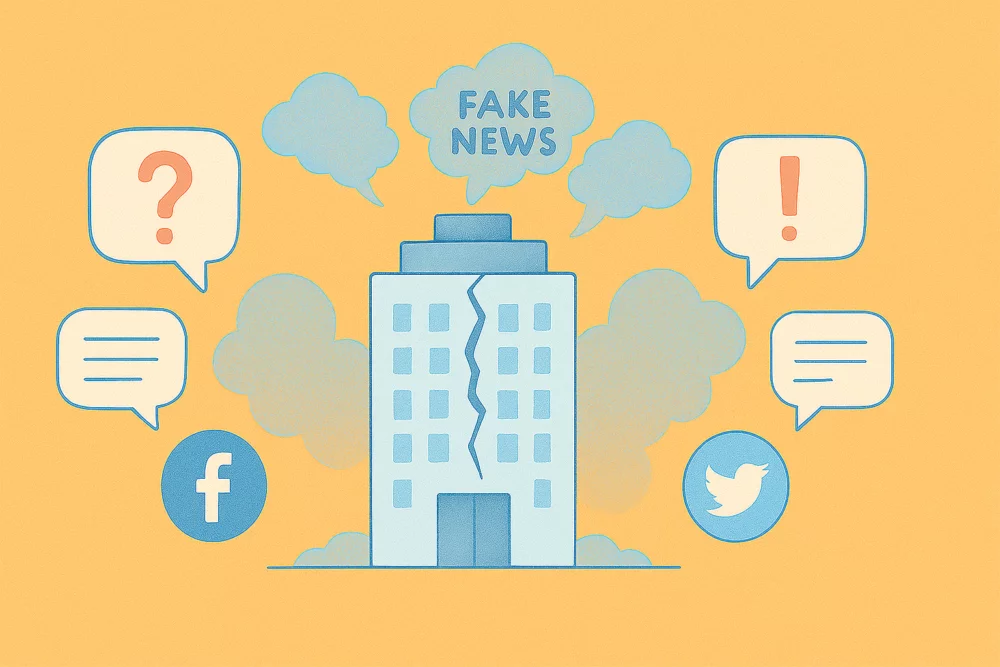In 2019, among 343 communications directors surveyed, 51% stated that communication-related issues were not sufficiently heard by their executive management (Cision, 2019). The lack of recognition for the communications function was long illustrated by the absence of comms directors on executive committees, the late integration of their teams into projects, or the frequent questioning of their expertise.
Today, the importance of communications departments should no longer be disputed, according to Assaël Adary, president of the research firm Occurrence: “I’ve been fighting for communication to be recognized as an investment, not an expense. It’s a profession, an expertise — but it’s also a science, an information and communication science represented within the CNRS.”
Even if these notions seem to have taken root, their adoption remains uneven. A survey conducted by Comfluence (September 2025) among 60 comms directors notes a growing polarization within the profession. While some enjoy sufficient resources to support a strategic vision, others have to deal with smaller teams and tighter budgets, constantly working to convince internal stakeholders of the necessity of their role.
On a day-to-day basis, how can communication professionals prove their legitimacy? How can they secure their place in a company’s overall strategy?
Support Function or Strategic Role: the Eternal Debate?
Guillaume Aper, former deputy communications director at JCDecaux, explains that credibility depends on “the company’s overall communication maturity. It determines the position of the function in the org chart and the respect for its expertise. For some companies, this is still a relatively new topic.”One way to assess how communication is valued within an organization is to check whether the comms director sits on the executive committee. Beyond the symbolic aspect, it’s above all a guarantee of being at the source of information.
“This isn’t a luxury in 2025,” says Assaël Adary. “Given today’s pace, some issues need to be handled within 24 to 48 hours — sometimes within minutes.”
The need to connect communication with overall business strategy now seems better understood: among the 40 comms directors of CAC40 companies, only 9 are not full members of their company’s executive committee (September 2025, Le Blog du Communicant). They are nonetheless permanent guests or report directly to the CEO, allowing them to remain at the heart of decision-making.
Despite this progress, communication still remains a “support function, like any other,” observes Assaël Adary. According to him, “we must restore its nobility: it’s not merely an executional role but a genuine advisory function.” That recognition is not always self-evident: “At the SCP – Société du Canal de Provence, we don’t have this problem of recognition from the executive committee,” notes Thibault Leflot, head of communications. “But that doesn’t mean we don’t need to constantly educate and raise awareness internally about what we do.”
Communicators as Air Traffic Controllers
The uniqueness of the communications function lies in its transversality, explains Assaël Adary: “It’s often compared to the notion of an aggregator, a conductor.” Another way to assess how much the profession is valued is by looking at how communication departments are organized. According to Adary, “communication teams need to have access to as many levers as possible.”This is the case at the SCP – Société du Canal de Provence. Thibault Leflot reports to the director of communications, CSR, and quality. Within his department, he manages internal, corporate, event, media, digital, and commercial communication. “That allows us to be autonomous and to truly play a coordinating role,” he says.
Guillaume Aper observes a new trend communicators must adapt to: the increasing complexity of communication topics. “They’ve become much more technical, dealing with issues that are difficult to grasp. Today, it’s not only companies in energy or oil sectors that need to educate on geopolitical matters — the whole world has become more uncertain.” To address this complexity, hybrid profiles are emerging — communicators with operational backgrounds — as well as communication staff embedded directly within other departments. “The need for coordination thus extends to other divisions,” Aper explains. “Communication becomes a kind of control tower, an air traffic controller with a global overview.”
Such cross-departmental organization helps build stronger, trust-based working relationships. “The human and relational dimension is intrinsic to this profession,” reminds Assaël Adary.
Communicating About Communication
Faced with what Guillaume Aper calls the “communicator’s curse,” how can professionals gain greater recognition? For him, “You have to prove, justify, and communicate internally about the value of the function”. Companies often realize the importance of their communications teams in times of crisis. “During the COVID crisis, communication departments were exemplary, which strongly boosted the profession’s credibility,” recalls Assaël Adary. “But it’s crucial to make that recognition last in everyday life.”
“We need to find other opportunities beyond crisis management to demonstrate our value — and keep doing that, even in 2025,” adds Thibault Leflot. Conducting internal studies, educating teams, and maintaining internal monitoring are all ways to build trust and respect. “When we redesigned our website and updated how we present our activities, we received very positive feedback from partners and clients who said they understood us better. This kind of before-and-after example is more powerful than a crisis response.”
Listening, monitoring, and internal communication also play a key role here, says Guillaume Aper, who led this area at JCDecaux for 20 years. “Ten years ago, by talking with teams and countries, we identified that JCDecaux’s international growth required a unified digital presence — otherwise, we risked creating a fragmented and incoherent image from one country to another.” The goal, according to him, is simple: “Don’t endure — anticipate as much as possible.”
As Frédéric Fougerat reminded his LinkedIn publication in February 2025, “Communication is not the adjustment variable for other departments’ disorganization.” Today, building a company and its strategy without integrating communication is a direct path to failure.





![MEDIA ON THE MOVE – Summer Series – Finding your digital path [3/3]](https://mediaconnect.com/wp-content/uploads/2025/08/59487-1000x563.jpg.webp)

